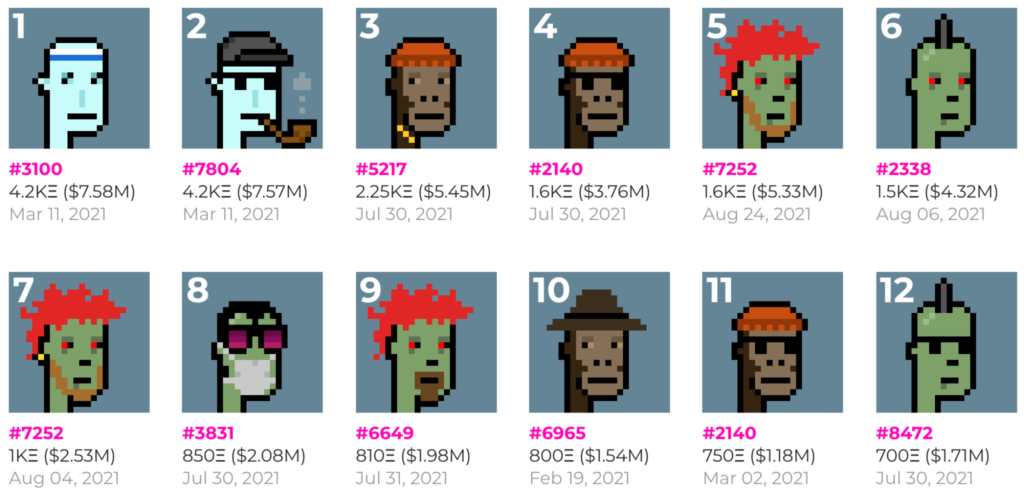When Bitcoin’s price action stalled below $80,000 this spring, on-chain data showed retail wallets tapping out—yet Coinbase’s head of strategy John D’Agostino spotted a very different cohort stepping in. Speaking on CNBC, the former NYMEX director said sovereign wealth funds are now among the most active buyers of BTC, accumulating while mom-and-pop investors rotate into spot ETFs or leave the market altogether.
From El Salvador to Abu Dhabi
The shift mirrors geopolitical reality. Energy-rich treasuries in the Gulf, the $1.4 trillion Norwegian Oil Fund, and smaller players like Bhutan’s Druk Holding & Investments have all experimented with crypto allocations. El Salvador doubled down, adding one Bitcoin a day to its volcanic reserves. Scarcity, immutability, portability—D’Agostino’s gold-like checklist—offer a hedge as fiat currencies buckle under swelling debt and tariff wars.
Retail retreats, ETFs absorb flow
U.S. spot Bitcoin ETFs have vacuumed up over 1 million BTC since January, but Glassnode data show a simultaneous decline in sub-10 BTC addresses—evidence that retail money is off-loading to BlackRock, Fidelity and Franklin Templeton. Unlike ETFs, sovereign funds often purchase coins directly for cold-storage, tightening float and amplifying BTC’s programmed scarcity.
Regulation turns tailwind
The institutional pivot accelerated after President Trump nominated long-time crypto advocate Paul Atkins to chair the Securities and Exchange Commission. Atkins promised a “rational, principle-based framework” for digital assets—music to the ears of state treasurers nervous about headline risk. MicroStrategy’s Michael Saylor, who transformed his software company into a de-facto Bitcoin hedge fund, hailed Atkins’ arrival: “SEC Chairman Paul Atkins will be good for Bitcoin.” If the Commission green-lights more tokenized products, analysts expect sovereign allocations to scale from basis points to whole percentages.
Corporate treasury contagion
The sovereign wave echoes the corporate playbook. MicroStrategy, Marathon, Japan’s MetaPlanet and NASDAQ-listed Semler Scientific collectively hold over 240,000 BTC. Saylor recently told shareholders that 13,000 institutions own MSTR—giving 55 million people indirect BTC exposure. In emerging markets, state-level bills in Kentucky and Oman propose Bitcoin reserves to offset currency debasement.
Why the exodus matters
Retail capitulation has historically marked late-cycle consolidation zones; meanwhile, deep-pocketed entities accumulate quietly, compressing future supply shocks. Should a macro pivot force central banks back to rate cuts, today’s sovereign bids could turn into tomorrow’s parabolic leg.
Bitcoin’s ownership map is redrawing itself. As small traders bow out, sovereign wealth funds are filling the order books—validating the “digital gold” thesis and foreshadowing a more strategic, policy-driven market. Whether this leads to steadier price floors or fresh geopolitical chess games, the era of BTC as a niche retail gamble is ending; the age of nation-state accumulation has begun.


